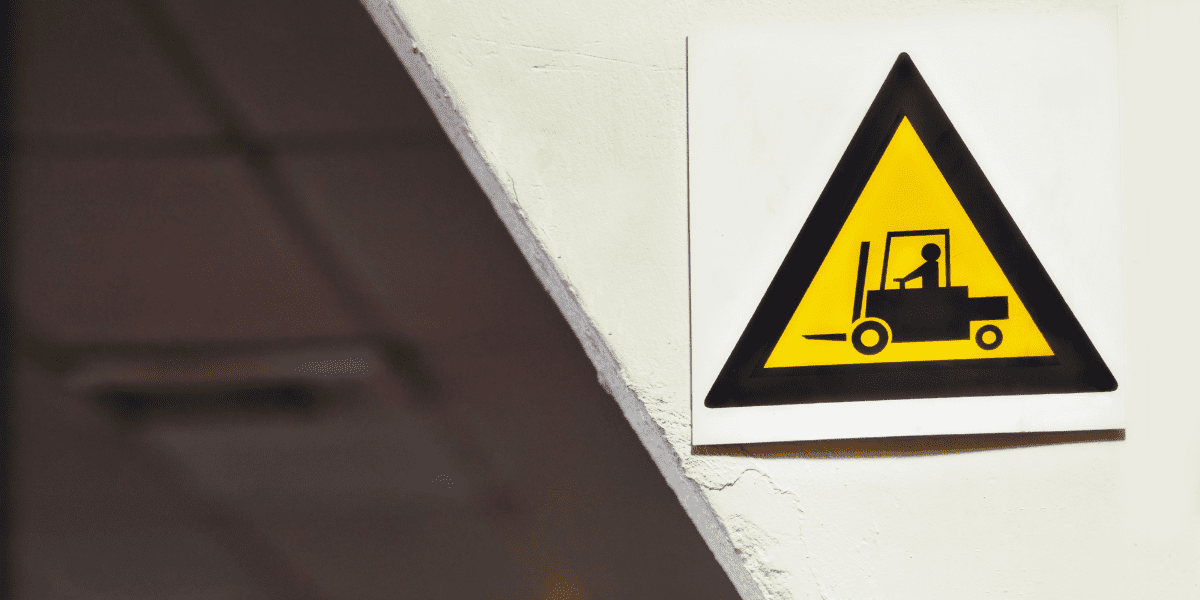Proximity sensors and proximity detection systems are valuable safety systems that companies can implement to protect workers and equipment.
These sensors often use radio-frequency identification (RFID) to detect hazards within warehouses or other places with mobile equipment. However, more advanced systems like HIT-NOT use industry-leading electromagnetic field technology.
This more advanced technology allows proximity sensors to detect more and give more accurate warnings. This is because, unlike RFID, HIT-NOT does not have to see you to know that you are there. Instead, it reads and warns through walls, racks, and other blind corner obstructions.
To know if HIT-NOT would be beneficial in your workplace, read on to discover how the system works and what hazards these magnetic proximity sensors can detect.
Keep in mind that each potential detected hazard translates into a prevented accident for your company.
A Brief Run Down of How HIT-NOT Works
HIT-NOT is the most precise proximity sensor detection system on the market today.
It equips mobile equipment with a magnetic field generator that creates a pulsing magnetic field around the equipment.
To protect pedestrians and prevent “struck-by” accidents, all workers must wear a personal alarm device that detects the magnetic field.
Companies can install additional detection devices and field generators to protect specific structures or areas.
Each device has a visual and audible alert system with precise alerts depending on how close the potential hazard or accident is.
Hazards Proximity Sensors Detect
Equipment to Equipment Collisions:
Each magnetic field generator installed includes a collision avoidance module. In simple terms, this allows equipment like forklifts to detect other trucks in the area. When this happens, the equipment alerts any drivers involved in the situation.
The sensors detect all equipped mobile machines within a certain proximity, even if they aren’t visible to the driver.
Pedestrian Collisions:
Every person within a HIT-NOT zone is required to wear a detection device. Should equipment get too close to a pedestrian, both the driver and the pedestrian receive a warning. This dual warning allows both people to be aware of the hazard and adjust themselves accordingly.
These detection devices are only active in areas where the pedestrian may be at risk. That means they will not alert when a worker is in a protected place such as an office, cafeteria, or conference room. However, it will automatically provide protection the moment they leave that area.
Another useful system included in HIT-NOT is area monitoring. This tool can detect when a truck enters a more dangerous area within a warehouse. When a truck enters one of these areas, the system alerts everyone within that zone. This is particularly useful for areas with high pedestrian traffic, intersections, or blind corners.
Structural Damage:
The HIT-NOT Proximity Detection System is also able to protect permanent structures from damage. Many companies install equipment onto structures that are frequently being repaired or are expensive to replace. Once properly equipped, a forklift driver will be alerted whenever they get too close to the structure.
Ultimately, HIT-NOT’s magnetic field technology is not limited by typical obstructions. It excels at detecting any potential hazard within a warehouse and alerting all those who may be affected.
If you’re interested in preventing avoidable accidents within your workplace, consider implementing the HIT-NOT system. Contact the safety professionals at SynTech to learn more.


